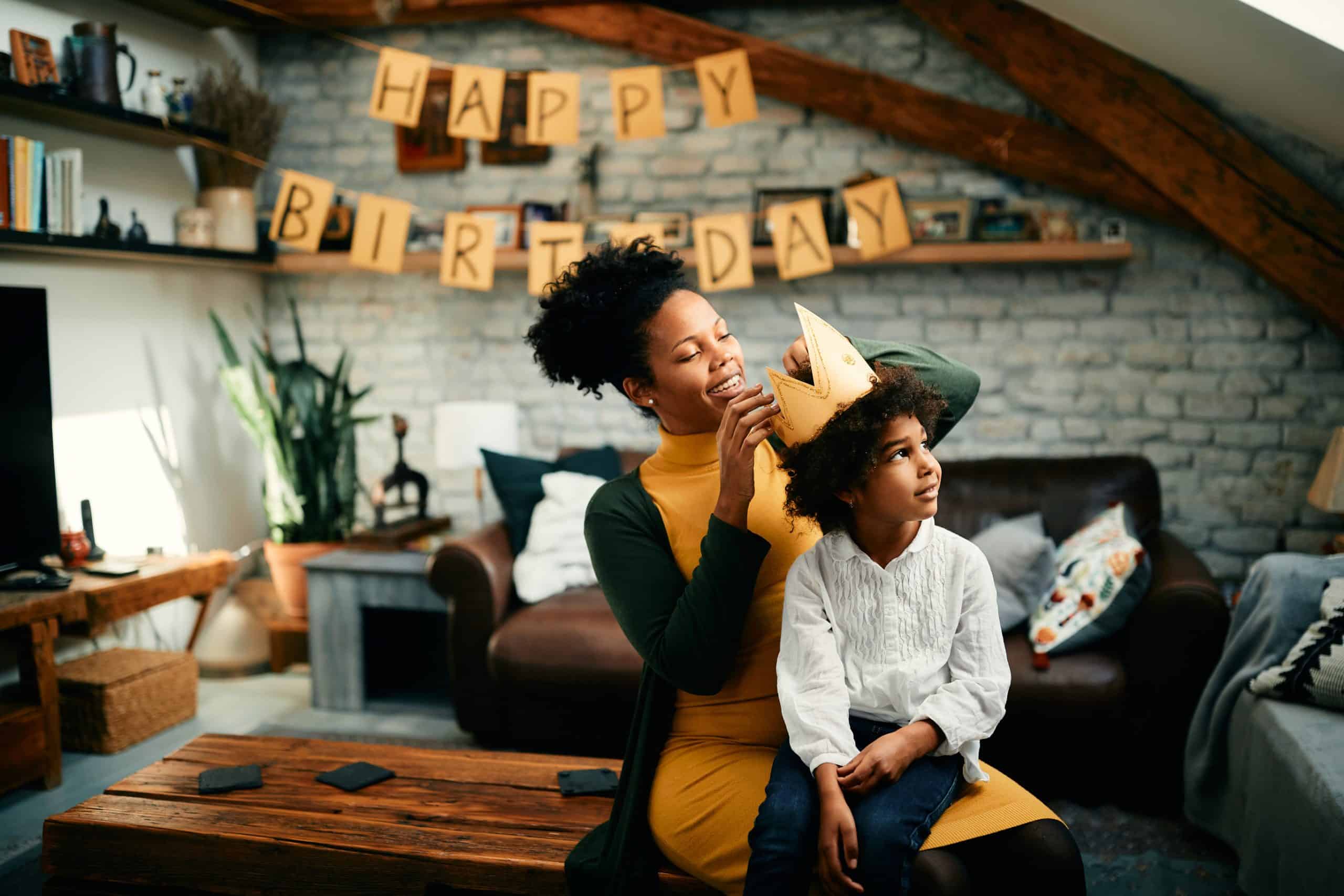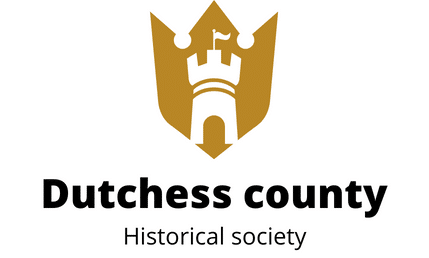What’s the Best Way to Introduce a Dog to a Baby’s Nursery Before Arrival?

When preparing for the arrival of a newborn, your beloved pet dog may not be the first thing that crosses your mind. But it is of utmost importance to remember that this life-altering event will not only affect you and your partner, but your furry friend as well. This article aims to provide helpful information on how to introduce your dog to a baby’s nursery before their arrival. We want to ensure this transition is as smooth as possible for everyone involved, including your pet.
Preparing Your Dog for the New Arrival
The first step in this process is preparation. The more time you dedicate to preparing your dog for the arrival of the baby, the smoother the transition will be. First, you should gradually start to decrease the amount of attention you give your dog daily. This will help your pet get used to the fact that the baby will take a lot of your time and attention.
In parallel : How to Prepare a Nutritional Supplement Regimen for a Dog with Liver Disease?
Next, you should start teaching your dog new behavior that will be needed once the baby arrives. For instance, if your dog is not used to being alone, start leaving them on their own for short periods and gradually increase the length. This will help them get used to spending time on their own. Remember to reward your dog with treats and praise for good behavior. This way, your dog will associate positive things with the baby’s arrival.
Familiarize Your Dog with the Baby’s Scent
Before the baby arrives, you should help your dog get used to the baby’s scent. This will aid in making your dog view the baby as a member of the family. You can do this by bringing home items with the baby’s scent, like blankets or clothes, from the hospital before the baby arrives. Let your dog sniff these items under your supervision. Reward your dog with treats to create a positive association with the baby’s scent.
In the same genre : What Are the Best Toys for a Cat with Limited Mobility Due to Joint Pain?
Introducing Your Dog to the Nursery
The nursery is a special place and your dog needs to understand that. Start by allowing your dog to explore the nursery with your supervision. However, make sure to establish boundaries. For instance, teach your dog that the crib is off-limits. You can do this by setting up a baby gate or using a pet barrier.
Also, train your dog to understand certain commands such as “leave it” or “stay” that will be useful in controlling their behavior around the baby’s items. Remember, patience and consistency are key. Always reward good behavior with treats and praise.
The Importance of Maintaining Routine
One of the most crucial aspects in this transition period is maintaining your dog’s routine. Dogs thrive on routine and any significant changes can cause them stress. Ensure that your dog’s feeding, walking, and playtime schedules remain unchanged. If you foresee that maintaining the routine will be a challenge, start making gradual adjustments to the routine before the baby arrives. This may involve changing the time of walks or feeding.
What to Do When the Baby Arrives
Finally, when the baby arrives, you should introduce your dog to the baby gradually and under controlled conditions. Keep your dog on a leash during the first few interactions. Allow your dog to sniff the baby from a distance. Once you feel comfortable and your dog is calm, you can allow a closer interaction under supervision. Remember, never leave the baby and dog together unsupervised.
In conclusion, preparing your dog for the arrival of a baby requires time, patience, and consistency. It is important to start early and take it one step at a time. With the right approach, the arrival of your baby can be a positive experience for your dog as well.
Introducing Sounds and Smells of the Baby
An effective but often overlooked strategy for preparing your dog for the baby’s arrival is to introduce them to the sounds and smells of a baby. Babies have distinctive sounds and smells that can be overwhelming for dogs who are not accustomed to them. Therefore, it is essential to acclimatize your dog to these before the baby arrives.
Start by introducing your dog to baby sounds. This can be done by playing recordings of baby noises such as crying, cooing, and babbling. Initially, your dog might be scared or anxious. But over time, they will become familiar with these sounds. Treats and positive reinforcement will also help your dog associate these sounds with good things.
Next, introduce your dog to baby smells. Baby lotions, powders, and wipes have distinctive smells. Let your dog sniff these items under your supervision. Again, rewarding your dog with treats for good behavior can help them associate the baby smells with positive experiences.
This process might take some time, but it is crucial in helping your dog adjust to the new addition to the family. Remember, patience is key during this process. The end goal is to have a well-adjusted dog that is comfortable with the presence of a baby.
Rehearsing Baby Interactions
Another important step to take before the baby arrives is to rehearse baby interactions with your dog. Babies often pull, poke and grab which can be startling or irritating to dogs. Teaching your dog how to respond to these gestures calmly will go a long way in ensuring the safety of your baby and dog.
Start by gently tugging your dog’s fur, ears, and tail, similar to what a baby might do. If your dog reacts positively, reward them with a treat. If they react negatively, say "no" in a firm voice and repeat the exercise until they get used to it.
Next, simulate baby movements around your dog. Babies crawl and toddle, often invading a dog’s personal space. Using a doll, simulate these movements. Allow your dog to observe and get used to these kinds of interactions. Always reward your dog for calm and patient behavior.
Remember, it is essential to supervise all interactions between your dog and baby once the baby arrives. This will ensure that both the baby and the dog are safe.
Conclusion
Introducing a dog to a baby’s nursery before the baby arrives can be a challenging but rewarding process. It requires ample time, patience, consistency, and proper techniques. By gradually acclimatizing your dog to the changes that come with a baby, you can ensure a smooth transition that will be beneficial for everyone involved.
Start by preparing your dog for the new arrival by decreasing the amount of attention they receive and teaching them new behaviors. Introduce your dog to the baby’s scent and nursery and maintain their routine. Finally, acclimatize your dog to the sounds and smells of a baby and rehearse baby interactions with them.
Remember, your dog is part of your family, and their well-being is equally important. With the correct approach and a lot of love, your dog can easily adjust to the arrival of a new baby and continue to be a cherished member of your growing family.
